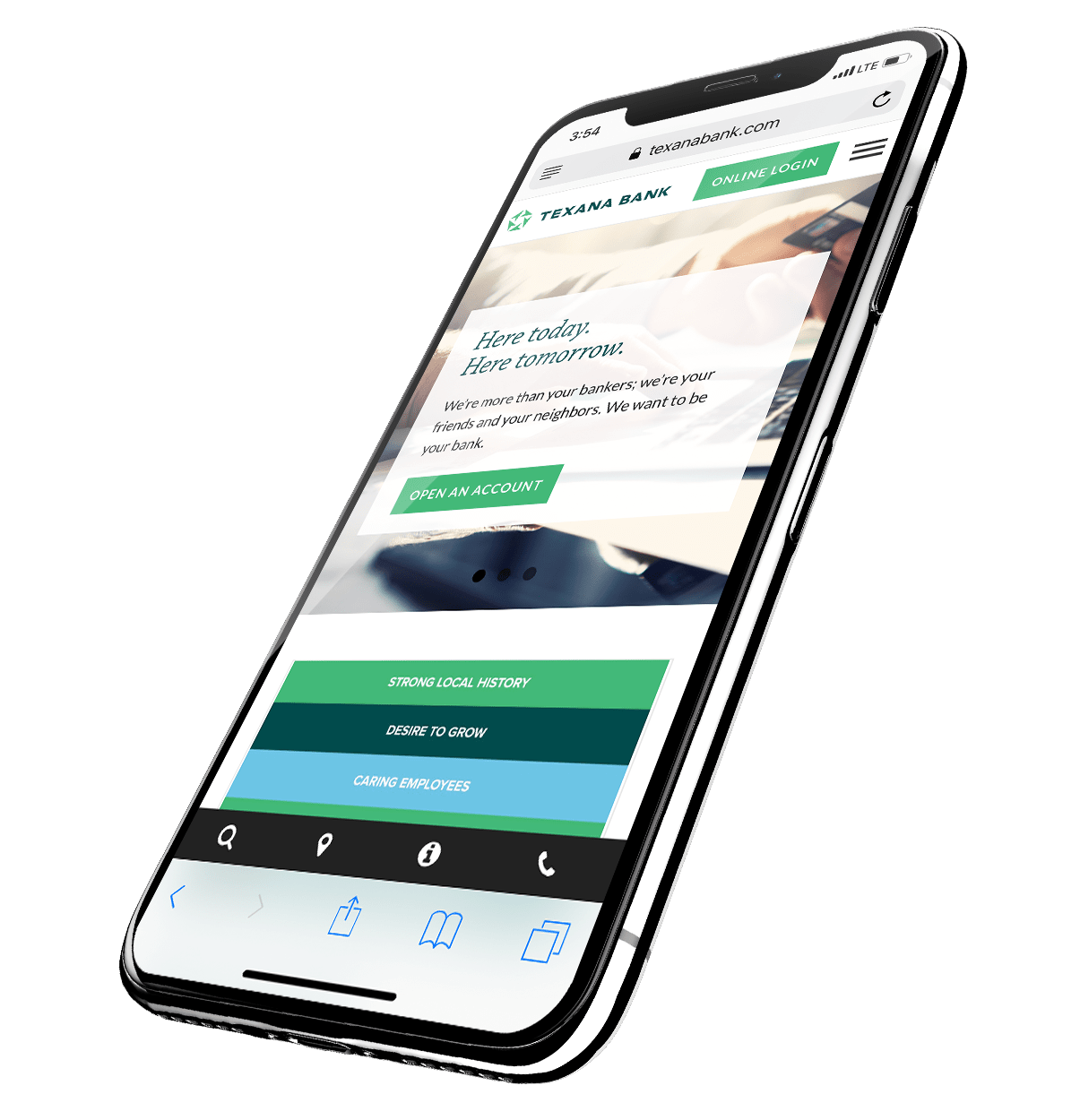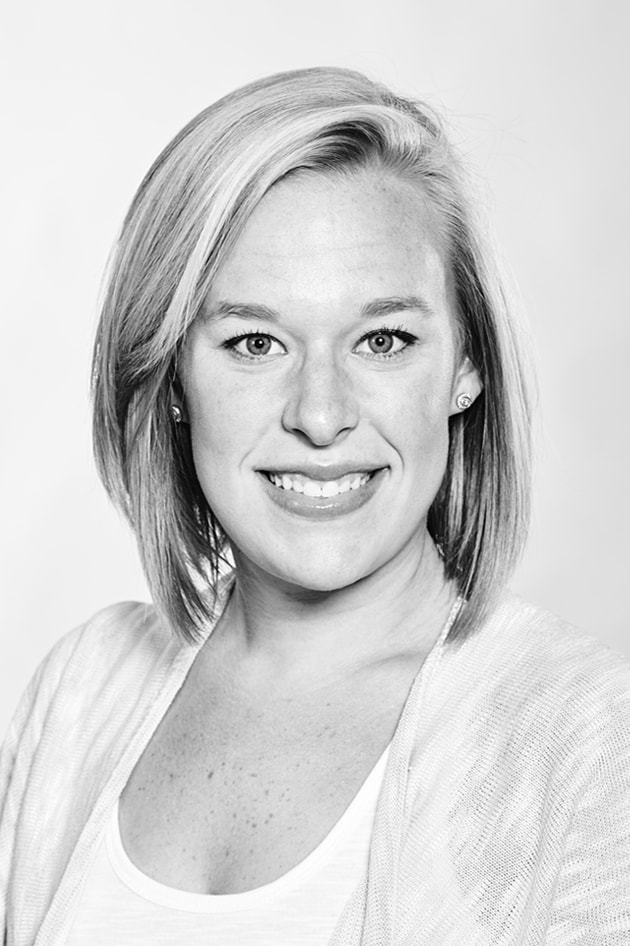How much money do you think your household spends on subscriptions each month?
- You or your daughter probably spend $15 on monthly beauty samples from Birchbox.
- You’ve probably spent $10 per meal at Blue Apron for a while (and probably have a few weeks worth of forgotten meals in the freezer).
- You spend $119 each year with Amazon for guaranteed two-day shipping (on most things?).
- Your iCloud, account (which, do you even remember signing up for this?) is $3 monthly.
The average American spends $237.33 each month on subscriptions services (according to a recent Waterstone study)—from streaming video and wellness apps to food delivery and cloud storage.
I think it’s safe to say we are now a subscription based economy.
But for some reason, most banks are under the impression those same clients are unwilling to pay a few extra dollars for the common checking account. Lest you forget, it’s an almost magical product that offers 24/7 access to their money, $250,000 in insurance, and online and mobile banking—and it’s only offered by banks.
Why? We destroyed the value?
How? By giving it away for free.
StrategyCorps offers banks a new way to evaluate and package checking accounts with value-add subscriptions. One of the company’s partners, Dave DeFazio, put it best when he told me, “If we’re talking about not having value, free doesn’t have any value.”
“If we’re talking about not having value, free doesn’t have any value.”
Dave DeFazio
So how do banks offer value?
Banks were asking a similar question after the passage of the National Bank Act in 1933. The act banned banks from offering interest on standard demand deposit (checking) accounts.
This put banks in a precarious position. How could they attract new customers? They did it by giving their clients hip gifts—toasters, wall clocks, and other valuable small appliances. You have a toaster now, but at the time it was a bit of a duplicative extravagance. Everyone wanted one, but didn’t necessarily need it—sort of like an InstaPot today.
When banks couldn’t find a traditional way to show their clients value, they found less conventional means.
In the 70s, banks found ways to (sort of) circumvent the regulations with NOW (negotiable order of withdrawal) accounts, and in the 1980s, small banks began to advertise the gifts as an incentive to open free checking accounts so they could compete with larger banks. They stopped making the gift a part of the checking account’s value, and used it as an up-front lure. By the 1990s, the larger banks joined on the free checking bandwagon and the government even passed the Truth in Savings Act which, among other things, regulated free checking accounts.
Everyone was cutting expenses to compete and the checking account officially lost its value.
In 2011, the passage of Dodd Frank reworked Regulation Q of the National Bank Act, allowing banks to offer interest on checking accounts.
We didn’t have to give away toasters anymore.
But banks did what banks do: chased their tails (the status quo). Instead of evolving the product, we just gave out a new version of the toaster.
We didn’t listen to our customers and instead listened to fulfillment companies who told us to offer free checking with knockoff bluetooth headphones and cheap kitchen appliances.
We need to bring value back to the checking account.
It’s time to make a toaster transition.
I’d be willing to bet your bosses have probably told you (at least twice) to push deposit products in the last quarter.
And conventional thinking (at least in the financial world) is that the easiest way to drive deposits is to attract new checking account clients. And that same thinking says the easiest way to get new checking clients is to give the accounts away. But as we’ve said before, free offers no value.
Well, it’s time to change our conventional thinking. Because the conventional thinking is wrong.
What if I told you the clients who value their checking accounts enough to pay for them value their primary banking relationships more than clients with free accounts? In fact community bank clients with fee checking are three times more likely to have other accounts and products with that same bank (according to a 2018 study from StrategyCorps and Cornerstone Advisors).
Surprised?
The marketplace that once responded to “value pricing” is now more interested in “value added,” but we’re having trouble transitioning from toaster type thinking.
Conversely, 90 percent of community bank clients with a free checking account had no other products with that bank (according to the same 2018 study). Free checking clients don’t value their banking relationship.
So if toasters and wall clocks and knock-off bluetooth headphones are no longer valuable, what is?
The new value paradigm lies in subscription culture. And, I think StrategyCorps’s is providing the best value-add subscription checking product on the market with BaZing
BaZing
Renasant Bank recently partnered with StrategyCorps to create a checking account that features a number of eye-catching value-adds. The account is powered by StrategyCorps’ BaZing product, which bundles benefits—like roadside assistance and cell phone insurance, identity protection, accidental death coverage, a health savings card, and a discount app with more than 400,000 local and nationwide deals —with Renasant’s checking account, all for a subscription fee that ends up being less than most of the benefits would be on their own. Renasant Rewards Extra powered by BaZing was born.
“With BaZing, we find the providers of things that people are already paying for,” Defazio said. “We get good deals because of our buying power and then bundle those products and services and give them to banks for a better-than-market price.”
DeFazio said he is seeing fee-based, benefit-driven checking accounts become more and more popular as the marketplace gets younger.
So maybe you’re thinking, “How do I know what my clients find valuable?” You can start by simply surveying some of your clients. And if that doesn’t work, DeFazio and the team at StrategyCorps have already done a lot of the research for you—whether it means reading their whitepaper or partnering with them to offer a robust benefits account.
Not Convinced?
Free is costing you, and your clients.
Considering everything it takes to operate a checking account, banks spend anywhere from $200 to $500 annually to maintain each account. The problem, DeFazio says, is that, at a typical bank, 30–40 percent of client relationships aren’t profitable.
Not only are these clients costing the bank money, but your bank is also likely costing them. According to the 2018 study, more than a quarter of free checking clients paid ATM fees in the previous year. Nearly as many paid overdraft fees—and the list of fees go on and on, from NSF and debit card replacement charges to overdraft protection and stop payment fees.
Not only are clients who pay for accounts more likely to have more services with their bank, but they’re more likely to refer family and friends. Half of community bank clients who pay for a checking account referred family and friends to their bank, according to the 2018 study. That means your fee-based clients are more profitable, less likely to leave, and more likely to refer your bank to others.
“The buying public are good researchers and know a good bargain when they see one,” DeFazio said. “They also know that free checking comes with fees.”
You get what you give, right? If you give someone a one-time gift—a toaster for instance—you get toast. But, if you give someone ongoing, subscription-based value, you can expect an ongoing, valuable relationship in return.




